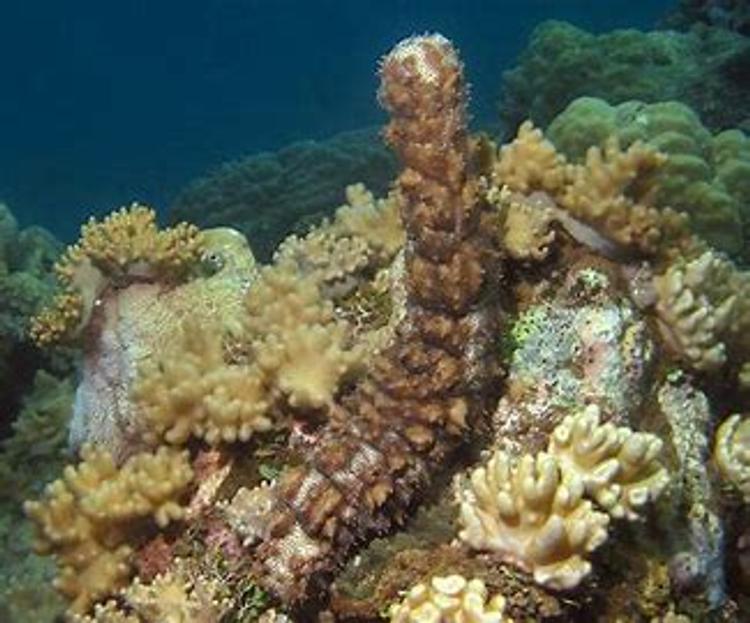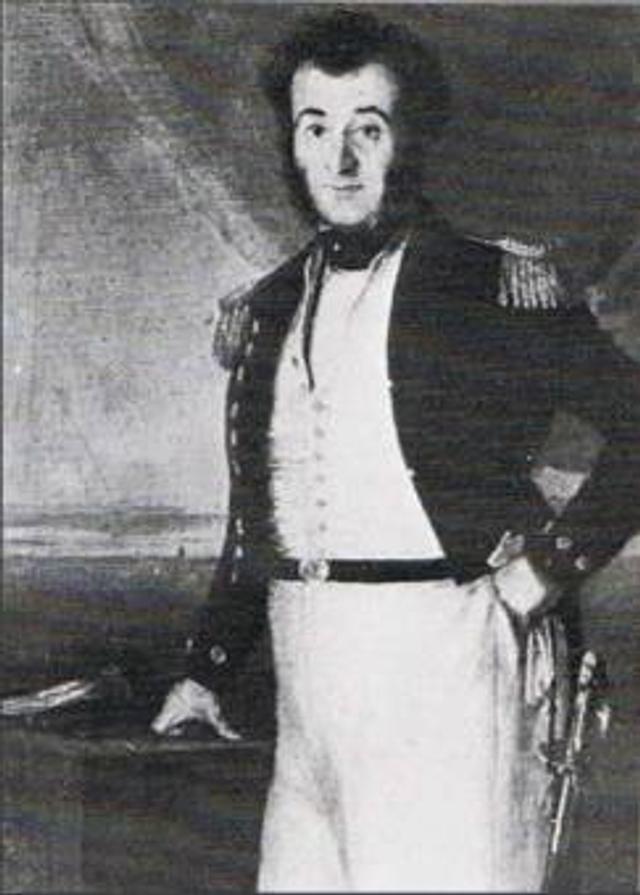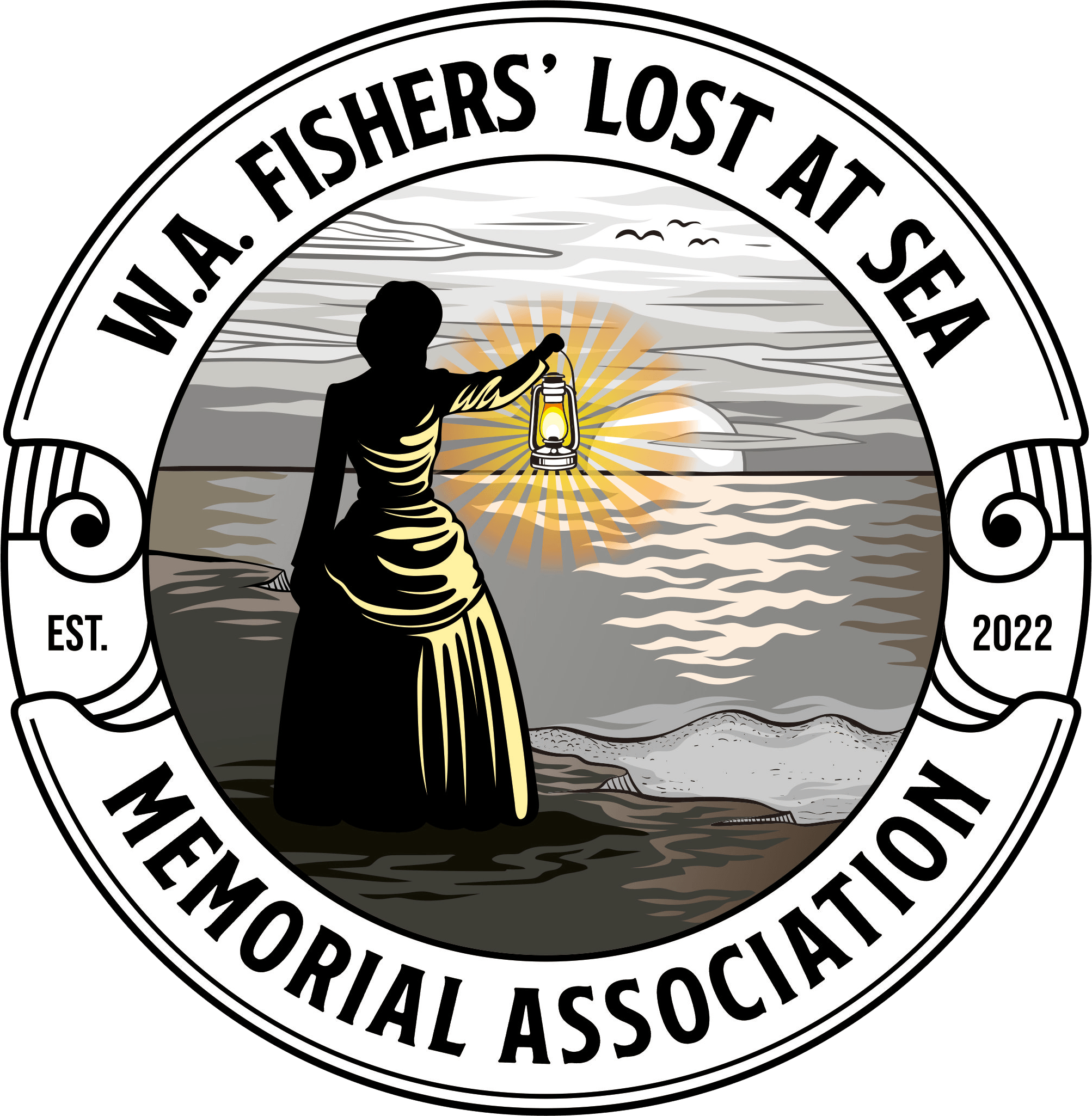Bezout Beachcombers
Chinese Beachcombers
Died on Bezout Island
June 1891

Beche de mer

Henry Kelsall Navy Surgeon

Dr Henry Truman Kelsall was an Anglo-Indian who studied medicine in England and served in the Royal Navy. He emigrated to Western Australia with his wife and took the position of Roebourne’s Medical Officer. He was based in Cossack, which was the most populated centre at the time.
Dr Kelsall was keen to learn about marine life, and for this reason he accompanied the local boat-taxi operator “Alligator Joe”. Joe Green was an adventurer who had travelled the world and then settled in Cossack with his sail whaleboat. He provided transport from the steamers to the Cossack Creek Landing, a distance of five miles. He took fishers and others to the local islands and transported catches and provisions back and forth as they required.
On one trip together Joe and Dr Kelsall rescued a Chinese Beachcomber from Delambre Island, 18 miles off Cossack. The beachcomber was a turtle hunter, who had a rock walled pen on the island where he kept turtles live until he took them into Cossack to sell. He had anchored his small boat a short distance from shore. The boat and all the man’s supplies had been destroyed by a strong easterly wind. Joe and Dr Kelsall found him almost six weeks later, three weeks after he had run out of water. He had survived on turtle blood but was almost dead when rescued. He spent four months recovering at the Roebourne Hospital.
In June 1891 Joe and Dr Kelsall sailed to Bezout Island, approximately fourteen miles from Cossack. They met two Chinese beachcombers who collected beche de mer (trepang or sea slugs) for sale.
It was not unusual for beachcombers to live in camps on the islands near the coast. They were provisioned by retailers of their catch, and the costs deducted from the profits they made. The beachcombers on Bezout Island were visited by retailers in Cossack, who took their catch to sell locally. There was also a solid trade of beche de mer with Southeast Asia and China, and store owners and traders in sea food owned boats to transport the catches long distances to welcoming buyers.
Joe and Dr Kelsall found the men healthy and in good spirits, camped on the beach with a good haul of trepang.
Two weeks later their Chinese partners sailed to Bezout Island to collect the trepang and take out provisions and fresh water to the men. They found only a skeleton picked clean by fish and crabs. The skeleton had one foot inside a large clam shell. It seems the man had stepped in the open shell which had closed on his foot. He could not remove his foot, and he drowned with the incoming tide.
The visiting men searched the island to find the remaining beachcomber. He was nowhere to be found. The camp had not been attended to within the past week or so.It was concluded that he had tried to help his friend and had also drowned. His body was washed out with the tide.
The names of the Chinese beachcombers were not published in newspapers which briefly recorded their deaths. There is no headstone or grave marker to record that they were here in West Australia earning a living and dying in the pursuit of their catch.
